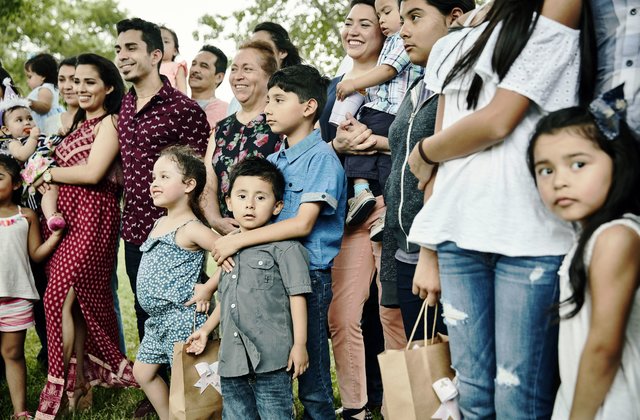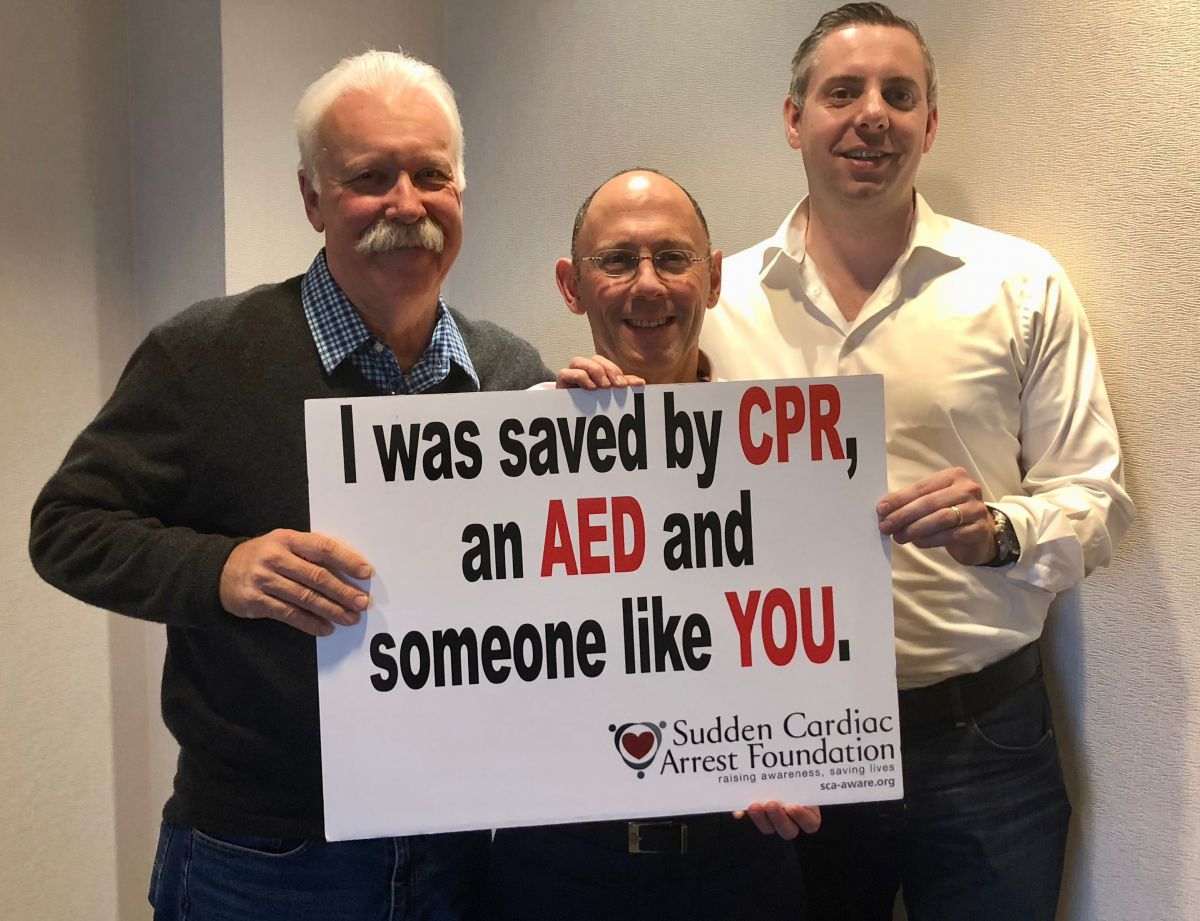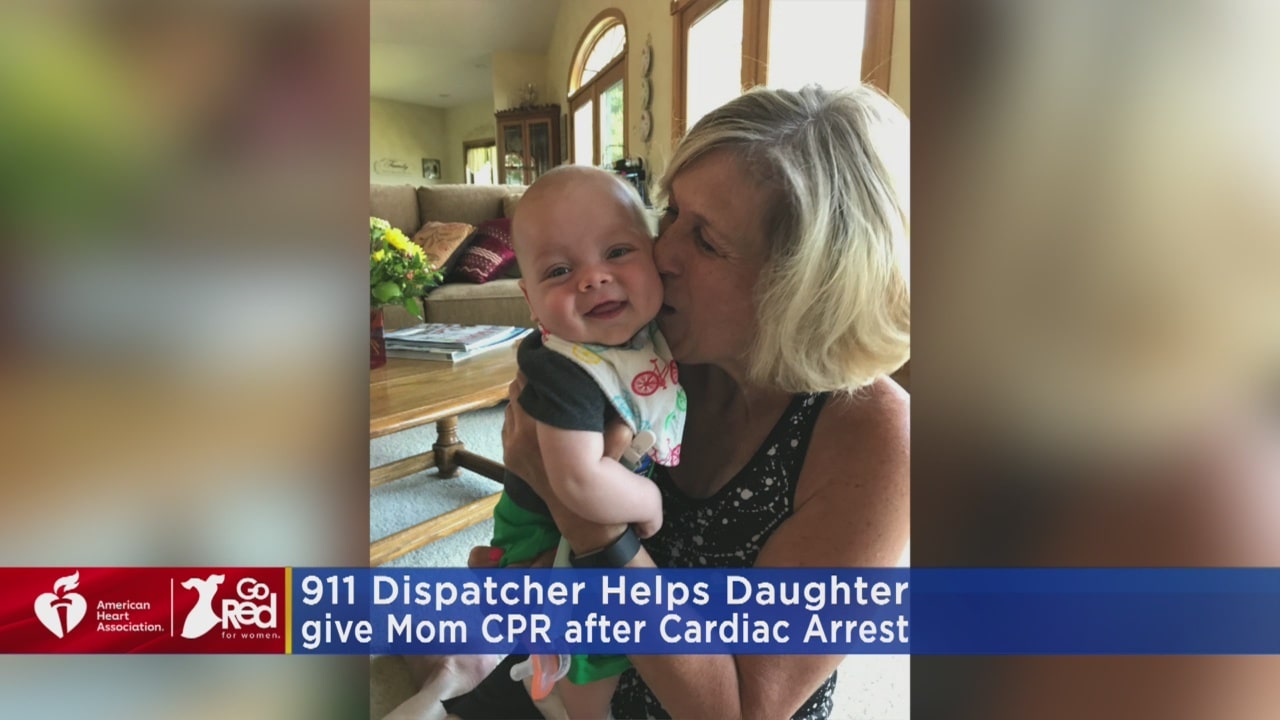Having CPR performed by a bystander can double the chance of surviving a cardiac arrest. But a new study shows that you’re less likely to get help, and therefore less likely to survive, if your heart stops in a predominately Hispanic neighborhood.
The study, published Monday in the American Heart Association journal Circulation, found the greater the percentage of Hispanic residents in a neighborhood, the lower the chances of receiving bystander CPR and the lower the chances of survival.
Specifically, it showed people who had a cardiac arrest in neighborhoods where at least half of the residents were Hispanic were 39% less likely to receive bystander CPR than those living in neighborhoods that were less than a quarter Hispanic. In neighborhoods where more than three-fourths of the residents were Hispanic, people in cardiac arrest were 40% less likely to receive bystander CPR – and 44% less likely to survive.
The study analyzed data from out-of-hospital cardiac arrests in neighborhoods in Alabama; Dallas; Milwaukee; San Diego; Pittsburgh; Seattle; and Portland, Oregon, from 2011-2015.
“We know that bystander CPR improves your chances for survival,” said Audrey Blewer, the study’s lead author and an assistant professor at Duke University School of Medicine in Durham, North Carolina. “But in Hispanic neighborhoods, it’s not happening.”
More than 350,000 cardiac arrests occur outside hospitals each year, with 18.8% of those taking place in public settings. About 9 out of 10 people whose hearts stop outside a hospital die. But nearly 45% would survive if bystander CPR is administered, prior research shows.
Blewer said her study points to the need for greater CPR training in Hispanic communities, as well as a deeper look into why these disparities may exist.
The study didn’t delve into those reasons, but Marina Del Rios has some ideas.
To read those ideas and the rest of the article, visit the source: https://www.heart.org/en/news/2019/12/30/bystander-cpr-less-common-in-hispanic-neighborhoods



